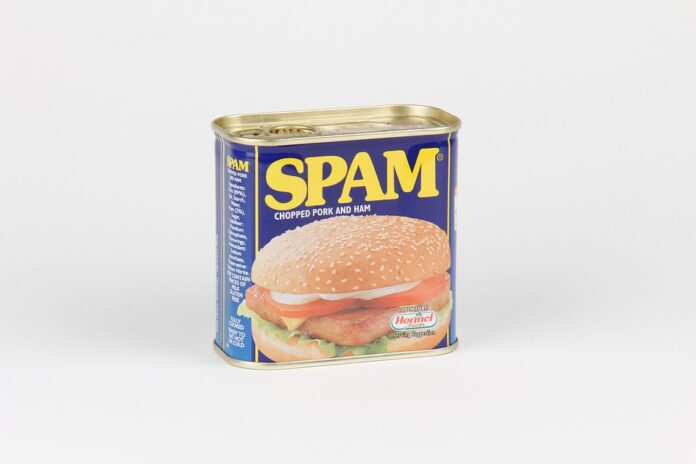Introduction
Processed meat has been a staple in many households for decades, offering convenience and flavor to consumers around the world. However, one of the key challenges faced by manufacturers of processed meat products is ensuring an adequate shelf life while maintaining product quality and safety. In recent years, there have been significant innovations in packaging technologies that have helped extend the shelf life of processed meat products, reducing food waste and improving overall product quality.
Shelf Life Challenges in Processed Meat
1. Microbial Growth
One of the primary factors that limit the shelf life of processed meat products is microbial growth. Bacteria such as Listeria monocytogenes and Salmonella can proliferate in meat products, leading to spoilage and potential foodborne illnesses if consumed. Traditional packaging methods such as vacuum sealing or modified atmosphere packaging (MAP) may not always be sufficient to inhibit microbial growth over an extended period.
2. Oxidation
Oxidation is another common issue that can affect the shelf life of processed meat products. When exposed to oxygen, fats in meat can become rancid, leading to off flavors and reduced product quality. This can be particularly problematic in products such as bacon or sausage, which have a higher fat content.
Packaging Innovations in Processed Meat
1. Active Packaging
Active packaging technologies involve incorporating additives into the packaging material that can interact with the food product to extend its shelf life. For example, antimicrobial agents can be added to the packaging material to inhibit bacterial growth, while oxygen scavengers can help reduce oxidation. These technologies can help improve the safety and quality of processed meat products while extending their shelf life.
2. Intelligent Packaging
Intelligent packaging systems use sensors or indicators to monitor the condition of the food product inside the package. For example, time-temperature indicators can track the temperature history of the product during storage and transportation, allowing consumers to assess its freshness. This can help reduce food waste by providing more accurate information about the product’s shelf life.
Industry Insights
Market Size and Growth
The global processed meat market was valued at $213.7 billion in 2020 and is projected to reach $275.4 billion by 2025, growing at a CAGR of 5.2% during the forecast period. The increasing demand for convenience foods and the rising disposable income of consumers in developing countries are driving the growth of the processed meat market.
Key Players in the Industry
Some of the leading companies in the processed meat industry include Tyson Foods, Inc., Hormel Foods Corporation, WH Group Limited, and JBS S.A. These companies invest heavily in research and development to innovate new products and packaging technologies to meet consumer demands for longer shelf life and improved product quality.
Conclusion
In conclusion, shelf life and packaging innovations play a crucial role in the processed meat industry, ensuring that products remain safe, fresh, and flavorful for consumers. By leveraging advanced packaging technologies such as active and intelligent packaging, manufacturers can extend the shelf life of their products while reducing food waste and improving overall product quality. As the demand for processed meat continues to grow, companies will need to invest in innovative packaging solutions to stay competitive in the market.



